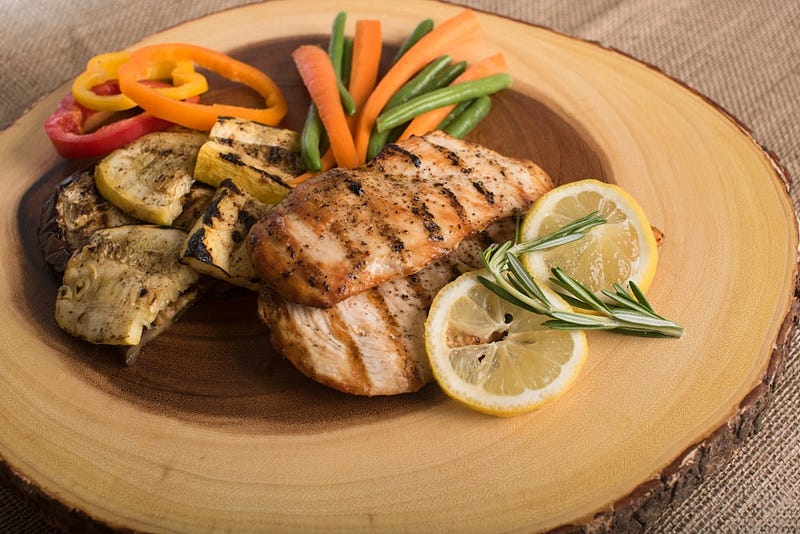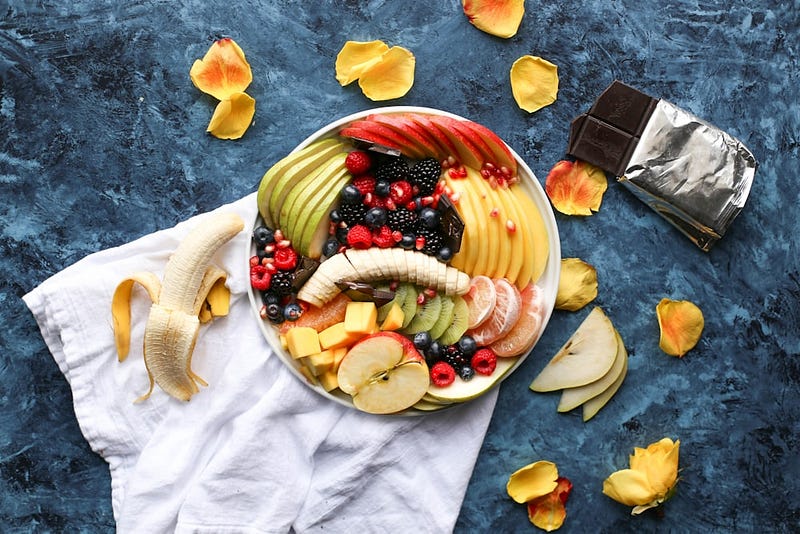Effective Strategies for Reducing Belly Fat in a Healthy Way
Written on
Introduction
Belly fat is a common concern for many individuals striving to achieve their ideal physique. Although the journey to a healthier body can often feel daunting, there are effective strategies to assist you in this endeavor.

Strategy 1: Combine Whole Foods with Intermittent Fasting
One effective approach is to embrace a combination of whole foods with intermittent fasting. This method involves consuming one or two meals daily, focusing primarily on single-ingredient items like meats and vegetables. This strategy is particularly beneficial for those who:
- Prefer not to track calories
- Want to avoid meal preparation
- Seek a simple method to lose belly fat
By filling your meals with low-calorie, nutrient-dense foods, you can eat until satisfied without the anxiety of overeating. For instance, a 3oz serving of chicken contains roughly 147 calories. This approach naturally leads to a calorie deficit, prompting your body to utilize stored belly fat for energy. Although it may take a week or two to adjust, this strategy can yield significant long-term results.

Strategy 2: Focus on Muscle Building Workouts
Engaging in muscle-building exercises is essential, as muscles are metabolically active and require substantial energy, even at rest. Incorporate strength training into your routine with exercises like:
- Squats
- Deadlifts
- Bench Press
- Pull-ups
Using heavier weights and progressively increasing resistance will help tear muscle fibers, stimulating growth and repair, known as Muscle Protein Synthesis. Additionally, building muscle enhances insulin sensitivity, which reduces fat storage and improves glucose regulation.

Strategy 3: Emphasize Protein Intake
Prioritizing protein in your diet is vital for several reasons. Protein is satiating, which can help combat the common issue of feeling hungry after meals. Some excellent single-ingredient protein sources include:
- Chicken Breast
- Steak
- Ground Beef
- Salmon
- Eggs
- Shrimp
- White Fish
- Tuna
For those following a vegan diet, options like Tofu, Seitan, and Black Bean Pasta are great alternatives. Interestingly, proteins also require energy for digestion (known as the Thermic Effect), which means that a significant portion of the calories from protein is expended during this process—20–35% compared to just 5–15% for fats and carbs.

Strategy 4: Incorporate Fruits and Vegetables
When consuming just one or two meals daily, it’s crucial to fill those meals with proteins, vegetables, and fruits. This approach will naturally lead to a reduction in belly fat. Start with proteins and vegetables, and consider fruit for dessert or a snack. While some fruits can be calorie-dense, many are low in calories yet still nutritious, such as:
- Watermelon
- Raspberries
- Strawberries
- Blackberries
- Apples
Fruits provide a naturally sweet alternative for snacks and are essential for fat loss due to their low-calorie content.

Conclusion
Feel free to share your thoughts and experiences on your weight loss journey!
Chapter 1: Communicating Effectively
In this chapter, we explore the principles of effective communication that can enhance your interpersonal skills.
The first video titled "4 Conversational Maxims for Effective Communication" discusses key maxims that can improve your conversations and relationships.
Chapter 2: Classroom Management for New Educators
This chapter focuses on essential strategies for new teachers to establish and maintain an effective classroom environment.
The second video, "4 Effective Classroom Management Strategies for New Teachers," provides practical tips for managing a classroom successfully.